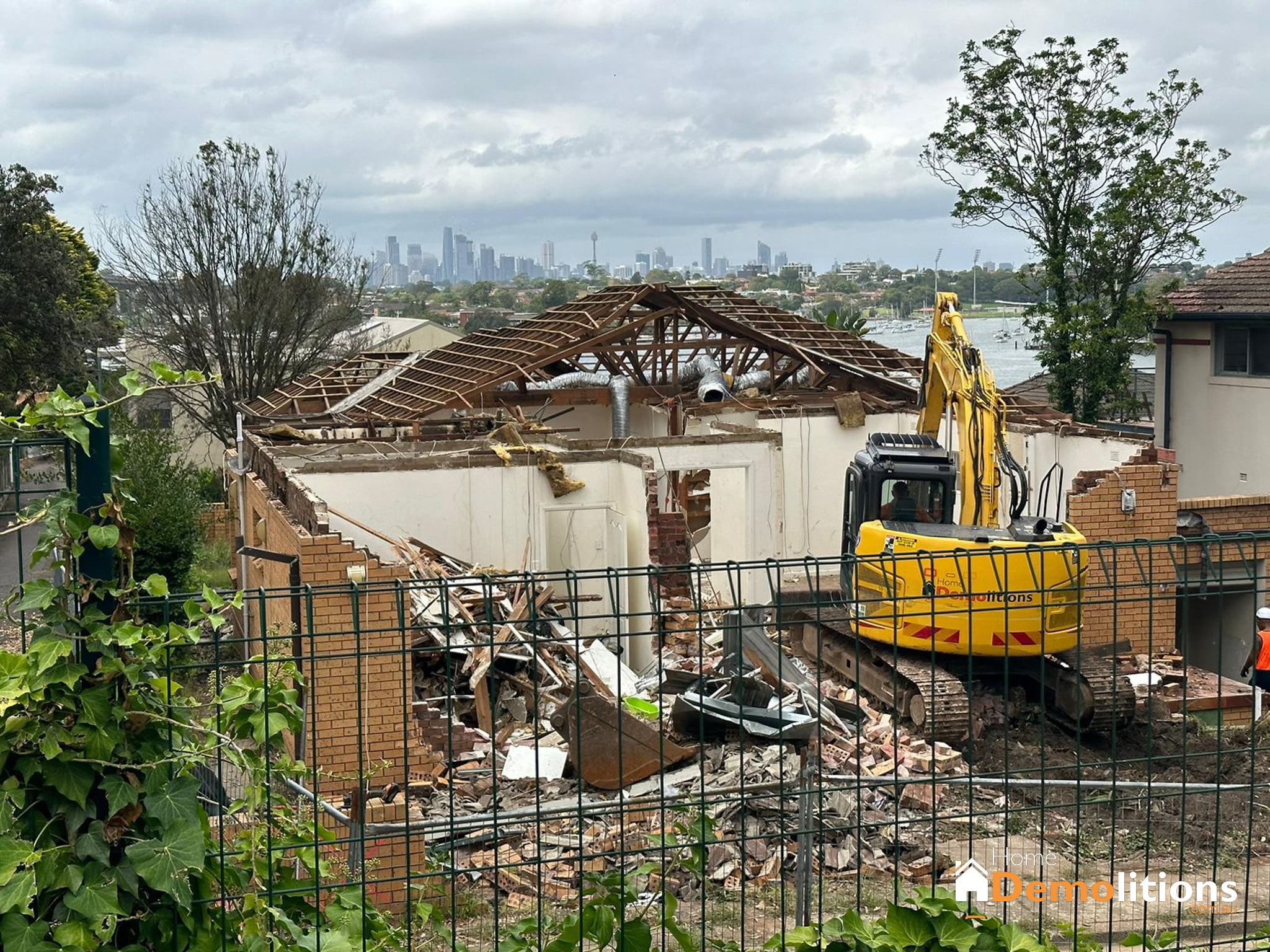When we think about demolishing a home, images of rubble and waste often come to mind. However, at Home Demolitions, we approach each project with sustainability in mind, ensuring that the materials from a demolished home don’t just end up in a landfill. Instead, we carefully salvage and recycle valuable materials such as bricks, metals, and timber, giving them a second life in future projects. So, what exactly happens to the rubble once the demolition process is complete?
Salvaging the Materials: An Eco-Friendly Approach
Home Demolitions takes great care in sorting through the materials left behind after tearing down a house. Before we even begin the demolition process, we assess which materials can be salvaged and reused. This thoughtful approach helps reduce waste, lower demolition costs, and contribute to a more sustainable environment.
Some of the key materials we salvage and recycle include:
- Bricks
- Metals (steel, copper, aluminium)
- Timber and Wood Beams
- Concrete
- Glass and Windows
Recycling Bricks: A Sustainable Building Material
Bricks are one of the most common and valuable materials we salvage. At Home Demolitions, we carefully remove and clean bricks that are still in good condition. Once cleaned, these bricks can be reused in future construction projects, whether it’s for new homes, landscaping, or commercial developments. Recycled bricks not only add a charming, rustic appeal to new builds but also help reduce the need for new resources, contributing to the sustainability of the construction industry.
Metals: Reducing Waste and Generating Revenue
Metals are another material we focus on salvaging during the demolition process. Steel, copper, and aluminium, for example, can all be repurposed. These metals are sorted, processed, and sent to recycling facilities, where they can be melted down and reused in new products. Recycling metals helps conserve natural resources and energy, as creating new metal from raw materials is energy-intensive. At the same time, salvaging metals can generate additional revenue, reducing overall project costs for clients.
Timber and Wood Beams: A Second Life in Construction
Old timber and wood beams, particularly those from heritage homes, are often still in excellent condition despite years of wear and tear. Rather than discarding these materials, we carefully remove and salvage them for reuse. Recycled timber is highly sought after in both residential and commercial projects for its durability and character. Additionally, recycling wood helps reduce deforestation and waste.
Concrete and Rubble: Groundwork for New Projects
Concrete is a material that might seem like waste at first glance, but it can also be recycled. At Home Demolitions, we crush concrete into smaller pieces that can be repurposed as aggregate for new construction projects. This recycled concrete is used in road bases, foundations, and other structural elements, reducing the need for newly sourced materials.
Reducing Landfill Strain: Our Commitment to Sustainability
By salvaging and recycling as many materials as possible, we significantly reduce the amount of waste that ends up in landfills. This not only benefits the environment but also aligns with growing demands for more sustainable construction practices.
At Home Demolitions, our goal is to do more than just demolish homes; we aim to be part of the solution to reduce construction waste and promote environmentally friendly practices across the industry.
Why Choose Home Demolitions?
When you choose Home Demolitions, you’re choosing a company that values sustainability just as much as efficiency. We don’t just tear down buildings – we carefully manage each aspect of the demolition, from service disconnection to debris removal, while ensuring that recyclable materials are salvaged and put to good use. Our environmentally conscious practices help reduce your carbon footprint, providing a greener solution to home demolitions.
Ready to begin your eco-friendly demolition project? Contact Home Demolitions today for a quote and see how we can help you achieve your goals while minimising waste and maximising sustainability. Together, we can turn rubble into resources.









